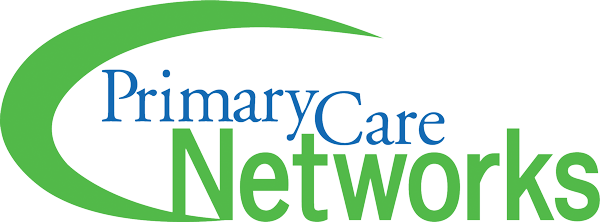Stay Steady: It's Fall Prevention Month
It’s not unusual to occasionally take a tumble — uneven sidewalks, slippery conditions in the winter or even misjudging the height of a stair are all common culprits.
As we age, falls become an increasing health concern.
What may amount to some bruises — and a bruised ego — a fall can lead to serious injury.
“Falls can be a significant health concern for seniors,” says Faiza Karim, a registered occupational therapist with Calgary Foothills Primary Care Network’s (PCN) Extended Health Team. “They are the leading cause of injury in older Canadians.”
Age is not just a number
Up to one-third of seniors experience one fall per year. That number climbs to 42% for those over the age of 70.
As the rate of falls goes up, so does the concern around them. For people over the age of 65, falls are the source of 85% of injury-related hospitalizations, including almost all hip fractures. They are also the leading cause of injury-related deaths for seniors, says Karim.
The ripple effects of a fall
The ripple effect of an injury from a fall can be serious, Karim adds. Many other areas of a senior’s health can deteriorate following hospitalization from a fall and about one-third of people will end up in long-term care as a result.
“Being able to stay at home and continue to engage in your meaningful activities increases your quality of life,” Karim says. “We don’t want a fall to cause you to leave your home and not be able to return.”
Beyond injury, falls can also contribute to social isolation, affecting mental health and well-being.
Karim says after a fall, some people will become more afraid to move — concerned over falling again — and may reduce their mobility or not do as many activities.
“Over time, I have seen people often become much more isolated. That isolation and loneliness can impact their mood negatively.”
No shame
With all that in mind, prevention is key.
Some people are hesitant to tell their family doctor or other health-care providers about any falls or increase in near-misses. Karim says several patients have had even more falls than their doctor is made aware of, which puts them at a higher risk.
“People can have a lot of shame around falls. They don’t want their loved ones to worry, or they may be concerned about a loss of independence if they tell someone about it,” says Karim.
The cost — $2 billion per year for the health-care system, and personal health struggles — is too great not to get help when needed.
Tips for preventing falls
Raising awareness and actively preventing falls is important to maintaining health and safety, particularly for older adults. Simple measures may include:
· staying active to maintain balance, strength and flexibility
· keeping floors clutter free
· wearing supportive, well-fitting footwear, both inside and outside of your home
Find support
For those at lower risk, be mindful of how well you’re moving, says Karim. Make note to mention to your family physician if there are any changes to your health — as some chronic disease can increase the risk of falls — or if you’re noticing any uptick in stumbling, tripping or near-misses.
You can also access free health support through Alberta Primary Care Networks.
